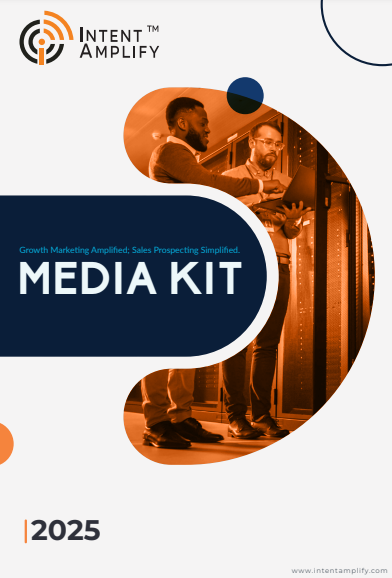
The Future of Paid Media in B2B: Intent-Driven Ads
- Last updated on: October 15, 2025
Paid media is changing rapidly, and B2B marketers are not allowed to depend on the usual approach anymore. Targeting as large and measuring success with vanity metrics doesn’t bring any good to the table in the environment. The whole game shifts towards precision instead of reach. Modern buyers are browsing through multiple digital channels and are doing their research before they even think about converting. In this situation, traditional advertising frameworks look out of place as they do not identify the customer’s intention at an early stage.
That is the point where intent-driven advertising changes the game. Rather than going after impressions, it integrates media expenses with actual purchasing signals. Ads will now be relevant to the decision-makers who are in the process of research and not be displayed to the audiences that are random. This move makes paid media a return on investment instead of an expenditure.
The use of intent data is a winning strategy among technology, SaaS, fintech, and cybersecurity companies competing for market share. B2B advertising in the future will not only be about the visibility of a brand but will also be about the rightness of that visibility, the time, and the speed of conversion.
Intent Data B2B Advertising
With intent data, marketers can pinpoint companies and decision-makers who are actively searching for solutions relevant to the topic. The marketers are not to guess who may be the prospects, but rather they are to know the ones who are already interested.
Marketers obtain this information from various online user activities, including content downloads, website visits, and social engagement. By studying these types of signals, B2B brands are empowered to run ads that catch the right people at the right time when the likelihood of conversion is high.
Companies leveraging intent-driven strategies experience 78% higher conversion rates. Instead of guessing who might buy, marketers know who is already interested.
In terms of paid media, it shows that funds are directed towards high-propensity accounts with the least possibility of wasteful spending. As ads become more focused, the messages become more pertinent, and the rates of engagement increase. The ads that are intent-driven contribute to the growth of the pipeline, which can be quantified, and not only to the increase in traffic.
Precision Targeting in Account-Based Campaigns
Account-Based Marketing (ABM) works best when it is as relevant as possible, and intent-driven ads are a great way to increase that relevance. Marketers who use a combination of ABM strategies and intent data can go after individual accounts with tailored campaigns.
A cybersecurity firm, for instance, could zero in on large companies that are delving into the subject of cloud security risks. Consequently, the ads can be put to show, not only on display, social, but also on search, all of which sync with the buyer’s current stage.
Such accuracy ensures marketing funds are fully utilized by targeting the right decision-makers. 39% of marketers are actively using intent data today, showing how much potential remains untapped in ABM targeting. B2B paid media has become account-level engagement rather than a broad audience reach that was broad. The outcome is quicker pipeline acceleration and a larger number of quality leads.
Beyond Clicks: Measuring True Buyer Engagement
Old metrics on paid media which are clicks and impressions, have no value anymore to show the success of the campaign. However, intent-driven ads give marketers the possibility to evaluate the level of engagement of accounts and buyers.
Monitoring behaviors like content interaction, event participation, and the number of website visits for a given period offers visibility into demand for the product. This method shifts KPIs from shallow metrics to revenue-driven results, aligning marketing activities more closely with sales priorities.
Marketers use campaign performance to refine their strategies in real time, directing budgets toward accounts most likely to convert. Marketers can measure, predict, and directly link ROI to sales funnel growth.
AI and Predictive Insights: The Next Frontier
One of the main advantages of artificial intelligence is the ability to enhance intent-driven ads by processing huge amounts of data in real time. With the help of AI, it is quite easy to make a forecast as to which accounts are the most likely to make a purchase, and at the same time, discover the clues that marketers may not be able to see manually.
Predictive analytics allows one to automate the adjustments of the campaign, use the budget more wisely, and also create a hyper-personalized message. Now, in the B2B sector, this would mean that we would be able to contact the right person with the right message at the right time.
Another thing is AI-powered intent insights that are also compatible with CRM and marketing automation tools. The result is that pipeline acceleration and easy decision-making among team members contribute to every touchpoint.
The Road Ahead for B2B Marketers
The upcoming era of paid media in B2B is, without a doubt, intent-driven. Marketers must adopt data-driven strategies, integrate AI resources, and focus on measurable engagement. If the brands use the data that indicates the customers’ intention, they will be far ahead of their rivals, as they will be able to approach the buyers much earlier and thus engage with them more effectively and shorten the revenue cycles.
Personalization, timing, and account-level relevance will be the main features of competitive advantage. 39% of marketers actively use intent data, suggesting early adopters will lead the next phase of B2B marketing evolution
Besides this, marketers could also benefit if they put the emphasis on running omnichannel campaigns and make paid media, content syndication, ABM, and demand generation work together. Such a unified system ensures that every dollar spent directly drives growth.
Driving Growth with Intent-Driven Ads
Intent-driven ads are an example of a revolutionary change in B2B paid media. By utilizing intent, relevance, and precision, marketers may speed up pipeline growth and also maximize their ROI. 96% of B2B marketers say they’ve seen success using intent-driven campaigns to boost ROI.
Companies in the technology, SaaS, fintech, and cybersecurity sectors will do well to take up the offer of using intent data as a way to ensure that every one of their campaigns has a positive impact on the bottom line of their business. Paid media surely holds its place, but it’s no longer just about visibility – it now drives growth with strategic impact.
FAQs
Q1: What are intent-driven ads?
Intent-driven ads are campaigns targeting prospects showing real-time interest in your products or services.
Q2: How do marketers collect intent data for B2B campaigns?
Through digital behaviors like website visits, content downloads, social engagement, and research activity signals.
Q3: Why are intent-driven ads important in ABM?
They allow precise targeting of accounts actively researching solutions, improving engagement, and accelerating pipeline growth.
Q4: How do intent-driven ads improve ROI?
By focusing on high-propensity accounts, reducing wasted spend, and aligning campaigns with revenue goals.
Q5: Can AI enhance intent-driven advertising?
Yes, AI predicts buying likelihood, optimizes campaigns in real time, and personalizes messaging at scale.




